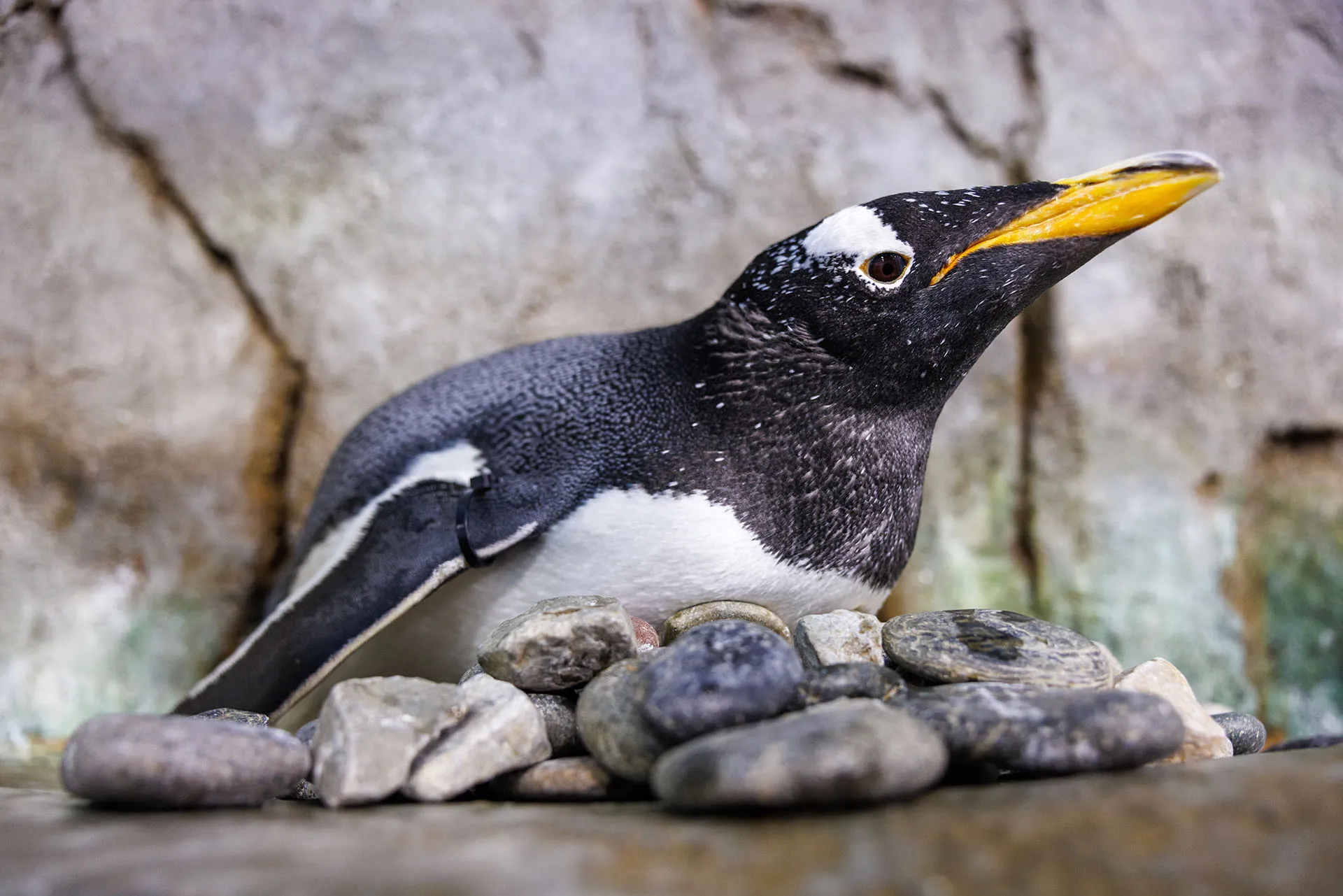The peerless bonds of a mother’s love can overcome even the most formidable of obstacles, from braving sleepless nights to inspiring feats of inhuman strength.
While we tend to associate this maternal bond with people, the animal kingdom is filled with moms that undertake difficult trials to ensure their young survive and thrive. Just like humans, these animal mothers’ dedication to care for their offspring is a force to be reckoned with.
Here are four animal super-moms that go above and beyond in caring for their offspring.
Alligators are surprisingly gentle mothers
Unlike many other reptiles, when it comes to their motherly duties, a female American Alligator’s attitude is anything but “See you later!”
In preparation for the arrival of her offspring, an alligator will construct a nest made of mud and vegetation to protect her clutch of eggs. These nests can be up to 10 feet wide and 3 feet high and contain dozens of eggs. Mother alligators cover their eggs with nesting material to keep them safe and maintain a consistent temperature during an incubation period lasting about 65 days.
The eggs’ temperature during incubation helps determine the sex of alligator offspring. Cooler temperatures will develop females, while warmer temperatures will develop males. The mother ’gator may add or remove layers of vegetation to alter the temperature, leading to a more even mix of male and female young.
While her eggs mature, the mother alligator remains near the nest, zealously protecting it from would-be thieves that might want to eggs-cavate a quick snack. Just before they hatch, the baby alligators call out to their mother from inside their eggs, spurring yet another stage in her nurturing instinct.
Upon hearing her hatchlings, mother alligators will uncover the nest and pick them up in their mouth as they emerge. Protected by this toothily temporary conveyance, the hatchlings are ferried to the safety of the water, where they can more easily blend in with their environment and evade predators. They will remain there — living in a “pod” close to their watchful guardian — for up to three years until they are old enough to fend for themselves in the wider world.
Cichlids are fierce defenders of their offspring
Cichlids (pronounced like “sic-lids”) are freshwater fishes within the taxonomic family Cichlidae. With more than 1,300 distinct species scientifically described, they are among the most-numerous family of fishes in the world and can be found throughout Africa, South America and Southeast Asia.
Many cichlid species are fiercely territorial mothers that take great care to rear their young as they develop from eggs into free-swimming fry and juveniles.
Some cichlid species lay their eggs in small underwater caves or buried in the substrate of their habitat – a practice known as pit spawning – where they stay to vigorously defend their nest and hatched fry until they are old enough to survive on their own.
Other cichlid species practice mouthbrooding. In maternal mouthbrooders, the mother cichlid will collect her eggs in her mouth, where she will carry them until they hatch and her fry become free swimming.
Even after they are old enough to swim, cichlid mothers will coax her tiny children into her mouth at the first sign of danger, sheltering them from nearby threats as their father chases away predators. When the danger has passed, she lets her young swim free again to feed and explore (but never too far from mom).
Dart frogs “hop” marathons for their young
Poison dart frog moms go the distance to give their offspring the best possible start in life.
Various species of poison dart frogs lay their legs inside leaf litter on the forest floor or inside the leaves of plants like bromeliads, where they stay wet and the temperature remains stable. The mother stays with the father frog to guard the eggs until they develop into tadpoles.
Then, the hard work begins.
In certain species, the female will stand and wait as one or more of her tadpoles wriggles onto her back. Once her precious cargo is secure, she carries them to a nearby body of water, where they can swim, eat and eventually metamorphose into adults.
Depending on the species, the mother frog may carry an entire clutch or just a single offspring at a time, making multiple trips on what can potentially be a perilously long journey, if the nearest suitable stream or pond is far away.
Penguins endure harsh conditions for their chicks
While other animals sometimes hedge their bets by producing dozens or even hundreds of offspring, penguins pin their hopes on much smaller clutches — sometimes producing only one egg at a time.
Depending on the species, penguins may produce a single viable egg each breeding season. They dedicate substantial effort to ensuring the survival of that offspring, carefully protecting and incubating the egg. Both parents are often involved, trading off egg-sitting duties while enduring some of the harshest conditions on the planet.
Once hatched, penguin mothers of many species work together with the father to ensure their chick is fed by taking turns leaving to hunt for food. They feed their chicks what they’ve caught by regurgitating into their infant’s mouth.
Finding the right chick in colonies that can sometimes number in the hundreds of thousands of birds might seem like a Herculean undertaking, but penguin parents are uniquely attuned to their offspring and can hone in on their offspring by listening for its distinctive call.
